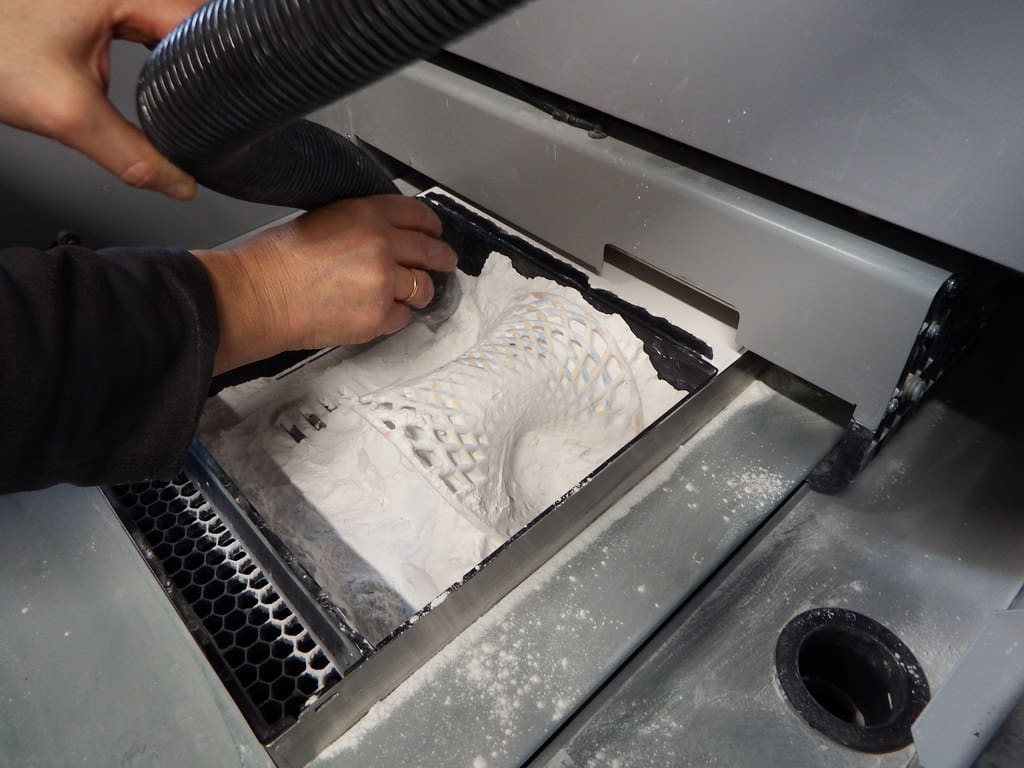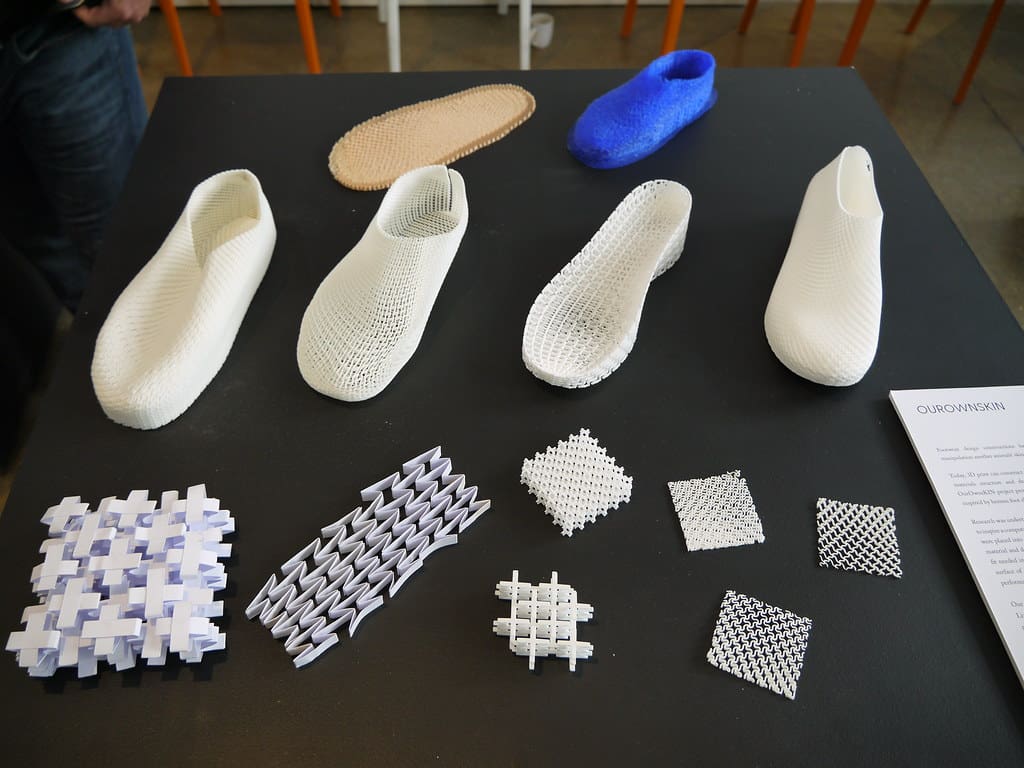Sports engineering is an interdisciplinary field that combines principles from engineering, material science, and physiology to enhance athletic performance and equipment design. In recent years, 3D printing technology, also known as additive manufacturing, has emerged as a transformative force in sports, offering innovative solutions that tailor equipment to individual athletes, improve safety features, and even create entirely new types of sports gear. This technology allows for rapid prototyping, mass customization, and complex design possibilities that were previously unfeasible.
The Emergence of 3D Printing in Sports Engineering
Initially used for creating prototypes in industrial applications, 3D printing has expanded into the sports sector, influencing everything from footwear and protective gear to customized equipment for athletes with disabilities. The ability to quickly move from design to production allows for iterative testing and refinement, enabling engineers and designers to optimize performance attributes of sports equipment with unprecedented precision.

Advantages of 3D Printing in Sports Engineering
Customization: One of the most significant benefits of 3D printing in sports engineering is the ability to customize equipment to fit the unique anatomical and biomechanical characteristics of individual athletes. This customization can lead to improved comfort, enhanced performance, and reduced risk of injury.
Innovative Material Use: 3D printing allows for the exploration and incorporation of novel materials and composites that can provide better shock absorption, durability, and weight reduction. Engineers can also experiment with variable properties within a single component, such as graduated flexibility or stiffness.
Complex Geometries and Integrated Features: The technology enables the creation of complex geometrical shapes that are difficult or impossible to achieve with traditional manufacturing methods. This capability is especially beneficial for developing aerodynamic designs in cycling, lightweight but strong structures in helmets, and ergonomically shaped handles in racquets.
Rapid Prototyping and Iterative Development: 3D printing significantly speeds up the development process of sports equipment. Prototypes can be produced, tested, and modified in a fraction of the time required for traditional manufacturing, allowing for a faster response to the evolving needs of athletes and sports disciplines.
Key Applications of 3D Printing in Sports Engineering
Footwear: Customized shoes and cleats are perhaps the most prominent examples of 3D printing in sports. Athletes can have footwear that is precisely tailored to their foot shape, playing style, and the surfaces they compete on, potentially enhancing performance and reducing the likelihood of injuries.
Protective Gear: Helmets, pads, and guards can be 3D printed with tailored fit and optimized impact absorption qualities. This is particularly important in contact sports where properly fitted protective gear is crucial for preventing injuries.
Prosthetics and Assistive Devices: For para-athletes, 3D printing offers the ability to create customized sports prosthetics tailored for specific sports or even particular competitive events, allowing for greater participation and competition.
Sports Equipment Customization: From personalized golf clubs to bespoke swim fins, 3D printing enables adjustments to weight, balance, and size to suit individual preferences and physical requirements, which can lead to improved athlete performance and enjoyment.

Challenges in 3D Printing for Sports Engineering
Despite its potential, the integration of 3D printing in sports engineering faces several challenges:
Material Durability and Longevity: Ensuring that 3D printed materials can endure the rigors of competitive sports and outdoor conditions remains a concern. Continuous research into material science is necessary to develop and validate materials that meet these demands.
Cost and Accessibility: While the cost of 3D printing has decreased over time, it can still be prohibitive for widespread use in high-volume commercial sports equipment manufacturing. Additionally, accessing high-quality 3D printing can be a barrier for smaller organizations or individual athletes.
Regulatory and Certification Hurdles: Sports equipment often needs to meet specific industry standards and regulations. Getting 3D printed equipment certified for use in regulated sports can be complex and time-consuming.
Future Directions in 3D Printing for Sports Engineering
As 3D printing technology continues to evolve, its applications in sports engineering are expected to expand. Future developments likely include more advanced composite materials, greater automation in the 3D printing process, and a broader adoption of this technology in grassroots sports. Innovations in 3D printing could lead to even more personalized equipment, further reducing injuries and enhancing athletic performance across all levels of sport.
3D printing is poised to continue its revolutionary impact on sports engineering, providing tailored solutions that enhance athletic performance, increase safety, and push the boundaries of what is possible in sports equipment design. As the technology advances, it promises to play an increasingly integral role in how sports equipment is conceived, produced, and used, marking a new era in the intersection of technology and sports.








